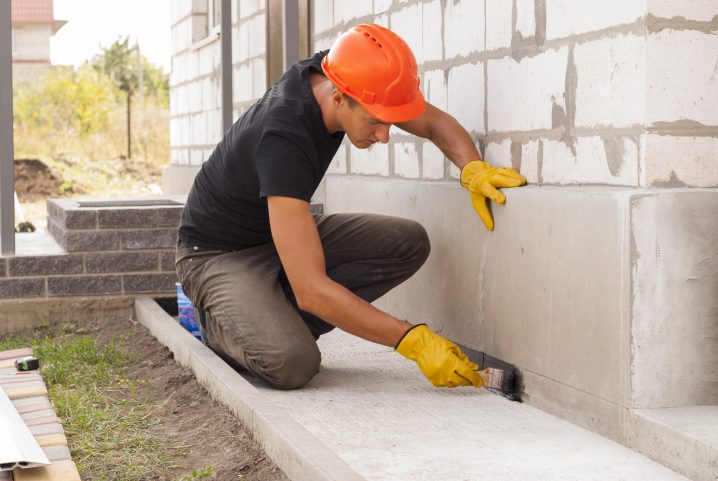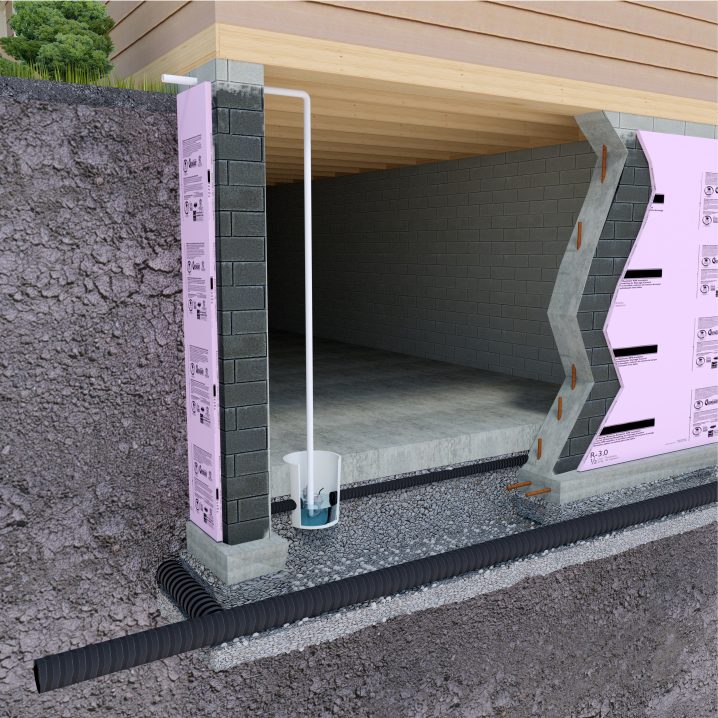A basement has many purposes, and most of the people use it as a spare room. However, some prefer using the basement as a storage space. There are also other cases that it’s hardly used by homeowners.No matter what is the purpose of your basement; it requires some kind of maintenance. Aside from being an extra space in your home, it also plays a vital role in the foundation of your property. For this reason, it’s important to ensure that it’s secure.

Waterproofing a basement can be a simple DIY project for some who are skilled and experienced. However, if you don’t have any clue about it, you should hire a basement waterproofing expert to help you. With their expertise and experience, you can be assured that your basement will be secured from flooding, leakages, and other types of water damage. You can choose an expert that offers quality service at a competitive price and who has been in the industry for years in oriolebasementwaterproofing.com.
Furthermore, there are numerous ways to secure your lower-level spaces. Aside from hiring a specialist to help you, here are the other things you can consider doing to secure your basement:
- Use Sealants for Your Interior Basement Walls
Most of the time, condensation may form on the basement walls, and this can be prevented by applying some sealant to the affected part. You can waterproof your basement walls using concrete coatings, plastic sheets or panels, waterproofing paint or silicate-based concrete sealers. You may also waterproof the exterior walls of your basement to fix the gaps in the foundation even if it’s an expensive work that requires excavating around your house.
Gaps in your basement can cause water leakage. To avoid this, and to make your basement better, seal any gaps you see immediately before they become a bigger problem in the long run. If the water comes through the floor, sealing the gaps won’t do the trick, and you might have to fix the problem further.
- Install a Water Detection System
Another way to secure your basement is to install your own water detection system in it to avoid any significant damage. It involves placing special sensors in the basement or laundry room to notify whoever is monitoring the water levels when there’s flooding or leak in that area.
The water detection system in your basement will operate round the clock and may send you alerts when leaks or flooding is detected. Depending on your chosen system, alerts may be sent by email or through your smartphone.
- Waterproof Your Basement
One of the useful tips you can do in waterproofing your basement is to check for any damaged areas or cracks that cause the water to seep in. If you’ve observed such issues, consider applying a coating of hydraulic cement to the basement walls to prevent any leakage. Hydraulic cement will fill in the cracks, and it can also prevent possible leakage in the future.
You can also install a waterproofing membrane. An elastomeric membrane exhibits excellent waterproofing characteristics and is manufactured using modified asphalt. One of its benefits is that it can move and flex to accommodate the new cracks; this can significantly help to prevent water from coming from the outside.

- Have a Sump Pump in Your Basement
A sump pump is a device that protects your basement against unexpected flooding due to the accumulated in your sump basin by pumping out the water. Once the water levels in your basement rise, your sump pump will automatically release the water outside of your home. Just make sure to choose the right sump pump and install it appropriately for best results.
- Install a Drainage Mat
You can also secure your basement by installing a drainage mat that has molded dimples. It creates air gaps between the walls and the mat so the moisture can travel to a drain. It’s best to fit a drainage mat to the exact depth of your basement’s foundation for efficiency. Lastly, it can also ease the lateral pressure in your property’s foundation.
Basements are vulnerable to water damage. If you want to protect your property and family from any possible water damage, make sure to consider the things mentioned above if you’re going to secure your basement appropriately. It won’t just protect the foundation of your property, but it can also help you avoid some health problems caused by molds. Also, you can hire an expert to do the job because they are knowledgeable in the best waterproofing method that will be suitable for your property.



